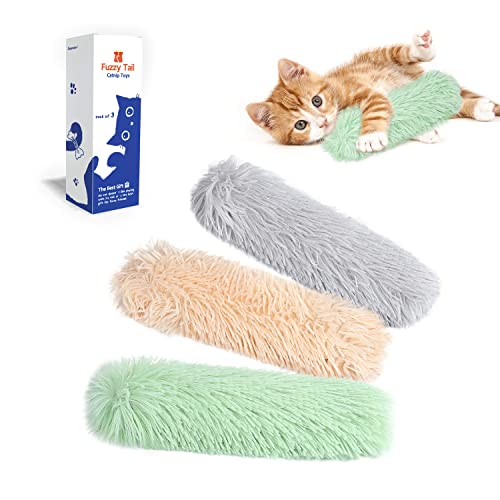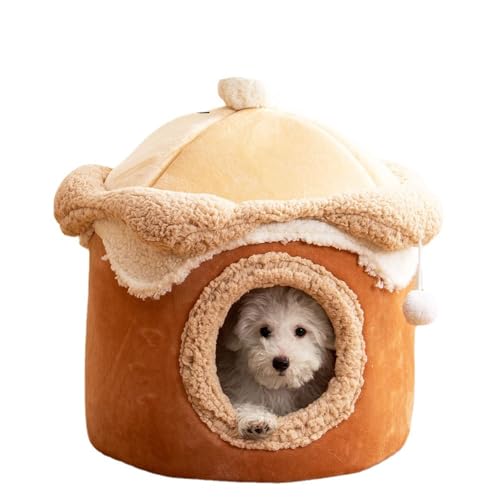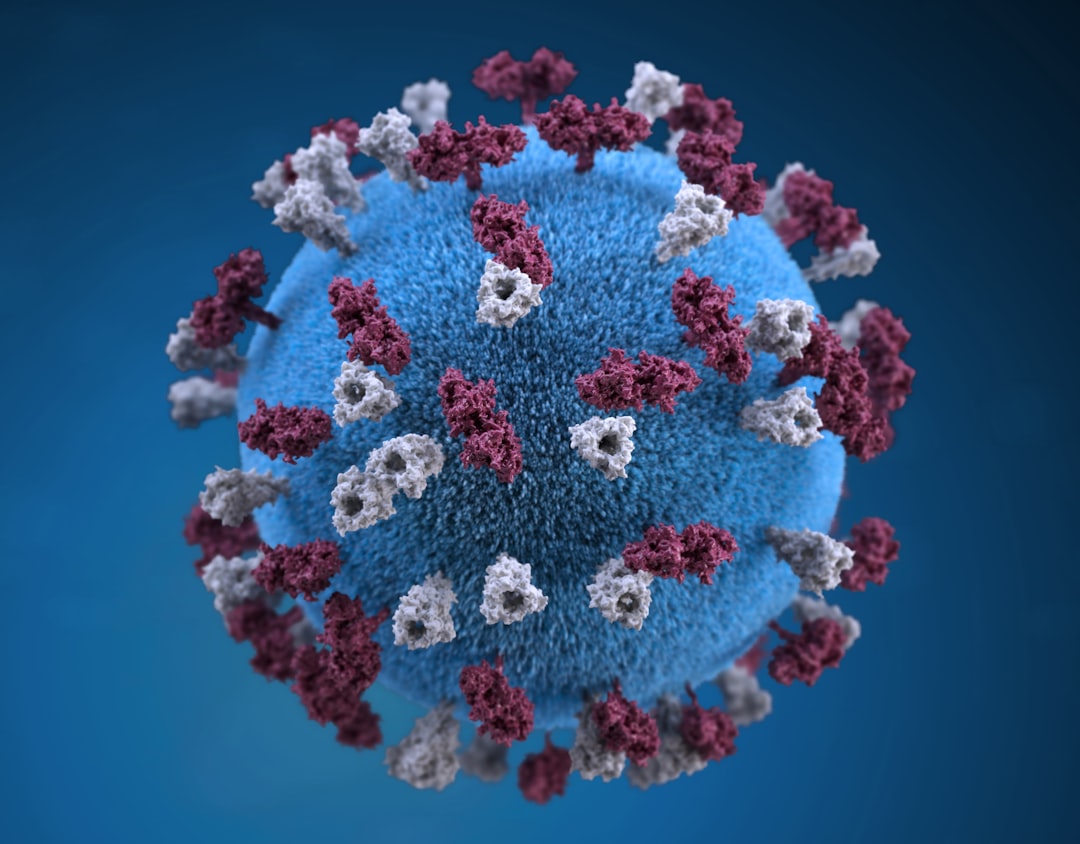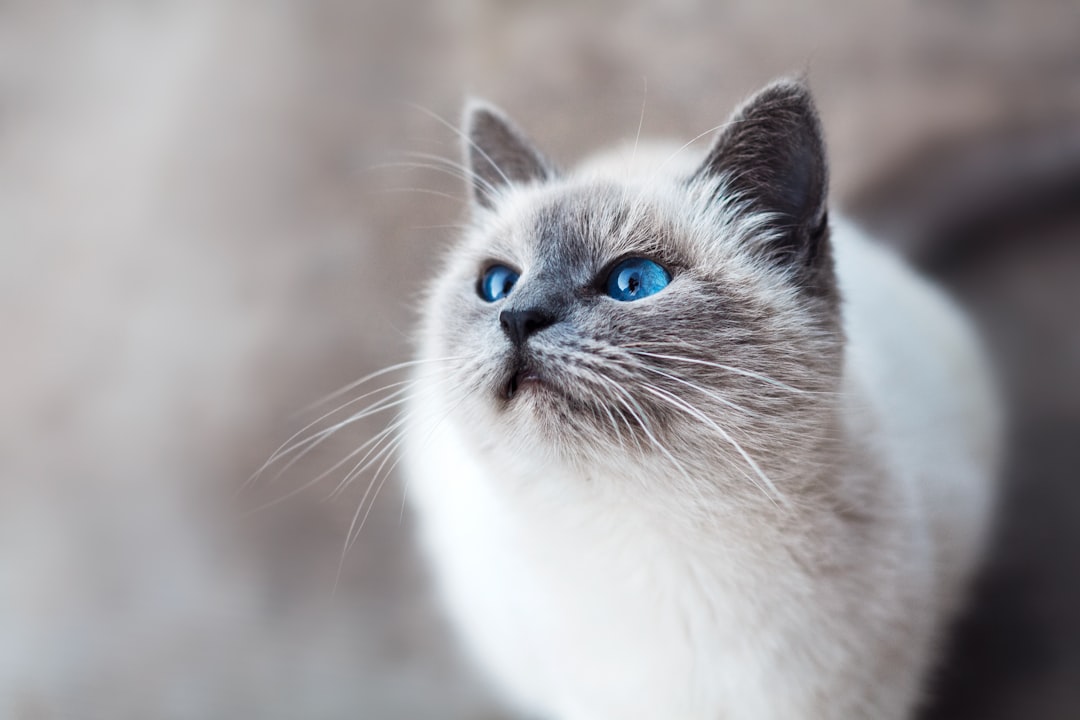Feline interbreeding is a fascinating topic that has long piqued the interest of animal lovers and scientists alike. With common house cats and majestic lions sharing the same family tree, it’s natural to wonder if such different members of the feline family can mate. In this article, we’ll delve into the fascinating world of feline reproduction and explore the possibility of lions breeding with house cats. Read on to discover the secrets of feline genetics and the intriguing world of interspecies breeding.

Feline Reproduction: How It Works
Feline reproduction is a complex process that involves several different stages. It all starts with the female cat going into heat, which usually happens between four and six months of age. During this time, she will release hormones that signal her readiness to mate.
When a male cat detects these hormones, he will typically try to court the female by making vocalizations, rubbing his head against her, and even biting her neck. If the female is receptive, they will mate, which involves the male mounting the female and using his barbed penis to deposit sperm in her reproductive tract.
If fertilization occurs, the female will go through a period of gestation that can last anywhere from 60 to 67 days, depending on the species. Throughout this time, the fertilized egg will develop into a fetus until it is ready to be born.
Once the kittens are born, the mother will nurse and care for them until they are old enough to survive on their own. This can take several weeks to several months, depending on the species and the individual cat.
[Felid Species and Their Differences]
- Domestic Cats (Felis catus)
- Wild Cats (Felidae Family)
- Big Cats (Lions, Tigers, Leopards)
Each feline species has its unique characteristics, including their reproductive systems. Domesticated cats are the most common type of feline and make for good pets. They have relatively short gestation periods compared to their wild counterparts and usually have litters with several kittens at once.
Wild cats, on the other hand, have longer gestation periods, and their litter sizes are generally smaller. They are also more likely to experience difficulty birthing due to their larger size and more complex anatomy.
Lions, specifically, have been known to experience reproductive issues in captivity due to a lack of genetic diversity. They are often bred in captivity to maintain a healthy population, and their reproductive success is monitored closely.
[Can Domesticated Cats Mate with Wild Cats]
In theory, domesticated cats and wildcats can mate and produce offspring. However, this is not a common occurrence due to several practical and ethical concerns. One of the primary issues is the size difference between the two cats, which can lead to complications during pregnancy and birth.
Additionally, the two species have different behavioral tendencies, meaning that they are less likely to mate naturally in the wild. There have been reported instances of captive lions mating with house cats, but these cases are not entirely understood and rely on forced interbreeding.
[Lion and House Cat Genetic Similarities]
Despite the differences between domesticated and wild cats, they share many genetic similarities. Both types of cats belong to the Felidae family, and their DNA is more than 95% identical. This means that they are similar enough that interbreeding is theoretically possible.
Instances of Interspecies Mating Among Felines
There are several recorded instances of interspecies mating among felines, including lions and tigers (producing ligers), and domesticated cats and wildcats (producing various hybrids). However, these occurrences are uncommon and often occur in captivity, where natural selection is not a factor.
Ethical and Practical Concerns with Hybrid Animals
The creation of hybrid animals through interbreeding has raised several ethical and practical concerns. On one hand, the resulting hybrid can have unique physical and behavioral characteristics that may make them desirable for scientific study or as a novelty pet.
On the other hand, these animals are often the result of forced interbreeding, which can be stressful and dangerous for the animals involved. Additionally, hybrids may experience difficulty or health issues due to their genetic differences, which can then lead to a lower quality of life.
In conclusion, while it is theoretically possible for a lion to mate with a house cat, this is not a common occurrence due to practical and ethical concerns. Feline reproduction is a complex process that varies between species, and while there have been instances of interspecies mating, the resulting hybrids often face ethical and practical challenges.
Felid Species and Their Differences
Felids, or cats, are a diverse family of mammals that share similar physical and behavioral characteristics. However, there are several differences in the anatomy and behaviors of each species.
There are 37 recognized felid species, which can be divided into two main groups: the big cats and the small cats. The big cats include lions, tigers, leopards, jaguars, and snow leopards. These cats have powerful bodies and are capable of taking down larger prey. The small cats, on the other hand, include domesticated cats, bobcats, lynx, ocelots, and many others. They are more agile and rely on smaller prey for sustenance.
One of the main differences between big and small cats is their genetic makeup. Big cats have 38 chromosomes while small cats have 19. This means that interbreeding between these two groups is highly unlikely due to the difficulty in producing healthy offspring with an unequal number of chromosomes.
In addition to the differences between big and small cats, there are differences between each individual species. For example, some cats such as the jaguar and leopard have spots on their coats, while others such as lions and tigers have stripes. Some cats are nocturnal and hunt at night, while others are active during the day.
Understanding the differences between felid species is important when discussing the possibilities of interbreeding and hybrid animals. The genetic diversity between these animals can make it difficult to produce viable offspring, and the physical and behavioral differences can also affect the success of any mating attempts.
Overall, it is important to recognize the unique characteristics of each felid species when discussing feline interbreeding and hybrid animals. By understanding the differences between these animals, we can better appreciate their complexity and better manage any conservation efforts.
Can Domesticated Cats Mate with Wild Cats
Feline Reproduction: How It Works
Before discussing the possibility of interbreeding between domestic and wild cats, it is important to briefly understand feline reproduction. Like most mammals, the female cat’s reproductive system is responsible for producing and supporting offspring. When a female cat goes into heat, she releases pheromones to attract males. During mating, the male cat’s penis contains barbs that stimulate the female’s reproductive tract, increasing the likelihood of fertilization.
Felid Species and Their Differences
Felids are a diverse and widespread family of mammals that include around 40 species, including wild cats such as lions, tigers, and leopards, as well as domesticated cats. While domestic cats (Felis silvestris catus) share a common ancestor with wild cats, they have undergone significant genetic changes due to their domestication. As a result, there are many differences between domestic and wild cats, including size, behavior, and reproductive habits.
Can Domesticated Cats Mate with Wild Cats
While domestic cats and wild cats belong to the same family, they are generally not able to interbreed and produce viable offspring. This is due to a number of factors, including differences in chromosome number and genetic makeup. While there have been some anecdotal reports of wild/domestic cat mating, these instances are rare and usually result in infertile offspring.
Lion and House Cat Genetic Similarities
Lions and domesticated cats share more genetic similarities than other wild cats, leading some people to wonder if they can interbreed. While it is technically possible for lions and house cats to mate, the likelihood of a successful pregnancy and healthy offspring is very low. Even if a lion and house cat did breed, the resulting offspring would likely be infertile and unable to reproduce.
Instances of Interspecies Mating Among Felines
While interbreeding between domestic and wild cats is rare, there have been some documented instances of interspecies mating among felines. For example, a male leopard was known to mate with female lions in an African national park, producing several hybrid offspring. However, these hybrids were not able to successfully reproduce and eventually died out.
Ethical and Practical Concerns with Hybrid Animals
While the idea of creating hybrid animals like a lion and house cat may seem intriguing, there are many ethical and practical concerns associated with it. For one, these hybrids may be less biologically fit than their wild or domesticated counterparts, leading to health problems and lower chances of survival in the wild. Additionally, creating hybrid animals for amusement or entertainment purposes is often seen as unethical.
In summary, while it is technically possible for domestic and wild cats to mate, the likelihood of successful interbreeding and healthy offspring is very low. Creating hybrid animals for entertainment purposes is generally frowned upon, and more research is needed to fully understand the potential risks and benefits of interspecies mating among felines.
Lion and House Cat Genetic Similarities
Feline genetics is a fascinating topic and one that can shed light on the possibility of interbreeding between different members of the felid family. While domesticated cats and lions may seem worlds apart, they actually share a surprising number of genetic similarities.
In fact, domestic cats and lions belong to the same family, Felidae. This means that they share many genetic traits, including a number of genes involved in feline reproduction. While there are certainly some differences between domestic cats and lions, there is enough genetic overlap to make interbreeding between the two species plausible.
However, it’s important to note that interbreeding between wild and domestic cats is not something that occurs naturally in the wild. Domestic cats and wild cats have different behaviors, mating rituals, and even pheromones that prevent them from recognizing each other as potential mates. Additionally, wild cats like lions tend to be much larger and more aggressive than their domesticated counterparts, making it difficult for them to mate.
Despite these obstacles, there have been instances of interspecies mating between lions and domestic cats. In 2002, for example, a lion in the Scottish safari park reportedly bred with a house cat, resulting in a litter of “Ligons” (a hybrid of a lion and a tiger) and “Li-Ligers” (a hybrid of a lion and a tigress).
While the idea of lion-house cat hybrids may be intriguing, there are significant ethical and practical concerns associated with hybrid animals. Hybrids often suffer from health problems or developmental abnormalities, and they may struggle to adapt to their environment or find a mate. Additionally, breeding hybrids can result in the disruption of natural populations and the loss of genetic diversity.
Overall, while lions and house cats share some genetic similarities that make interbreeding possible, it’s important to approach the idea of feline interbreeding with caution and consideration for the welfare of the animals involved.
Instances of Interspecies Mating Among Felines
Feline reproduction can be a complex and fascinating topic, especially when it comes to the possibilities of interspecies mating. While felines generally stick to mating within their own species, there have been instances of interbreeding between different types of cats.
Felid species all have their own unique characteristics and behavioral patterns, which generally determine their mating practices. Domesticated cats, for example, tend to have shorter and more frequent reproductive cycles than their larger wild counterparts. This can make them more likely to mate with other cats, including those of a different species.
One of the most well-known examples of feline interbreeding is the case of the liger, which is the offspring of a male lion and a female tiger. However, there has also been a rare case where a lion and a domesticated cat produced offspring. The result was three hybrid kittens, which were born in Siberia and dubbed “liligers.”
While interesting from a scientific perspective, interbreeding between wild and domesticated cats raises ethical and practical concerns. Crossbreeding can often lead to hybrid animals that are less healthy and less fertile than their purebred counterparts. As such, there are arguments to be made against intentionally breeding hybrid feline species.
It’s worth noting that in the wild, interbreeding between different species of wild cats is incredibly rare. This is largely due to the fact that different species of cats have adapted to different environments and have developed distinct behaviors and abilities that make them less likely to mate with other species. Additionally, many species of wild cats are in decline due to habitat loss and other environmental pressures, which only exacerbates concerns about hybridization and its impact on the wider feline population.
Overall, while there have been some notable instances of interbreeding between different types of cats, this is generally not something that happens often in the wild. Additionally, there are valid concerns about the ethical and practical implications of intentionally breeding hybrid feline species.
Ethical and Practical Concerns with Hybrid Animals
Hybrid animals, such as lion-house cat hybrids, offer a glimpse into the possibilities of interbreeding between feline species. However, these crossbred creatures also raise ethical and practical concerns that cannot be ignored.
One major issue with hybrid animals is their fertility. In many cases, crossbreeds may seem healthy and viable at first, but their reproductive systems often fail to function properly. This is particularly true for animal hybrids that come from parents with drastically different lifestyles and diets. For example, a lion’s natural diet is meat while a house cat can be fed a wide variety of commercial pet foods. This means that their hybrid could suffer from nutritional deficiencies that hinder their health and reproduction.
Additionally, hybrids may also be more prone to genetic defects and health problems such as developmental delays, behavioral issues, and physical deformities. Even if they do manage to breed successfully, their offspring may not be viable or may suffer from genetic mutations that severely impact their well-being.
From an ethical standpoint, creating hybrid animals raises a number of concerns. Hybrid breeding often involves captive breeding in order to ensure that the parents are closely monitored throughout the breeding process. This raises questions about the welfare of the animals involved in the breeding process as well as the ethical implications of creating creatures that may be unable to survive in the wild.
Moreover, hybrids may further contribute to the problem of pet overpopulation. If the hybrid animals are not intended to be sold or adopted, they may be abandoned or surrendered by their owners. In some cases, these animals may even escape and breed with wild populations, leading to ecological damage or the potential loss of rare or endangered species.
While the concept of hybrid animals may be fascinating, it is important to consider the ethical and practical concerns that come with crossbreeding. As always, the welfare and survival of animals should be taken into account before pursuing any kind of breeding initiatives.














